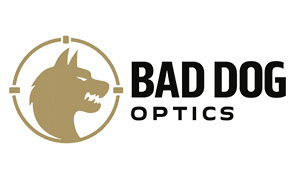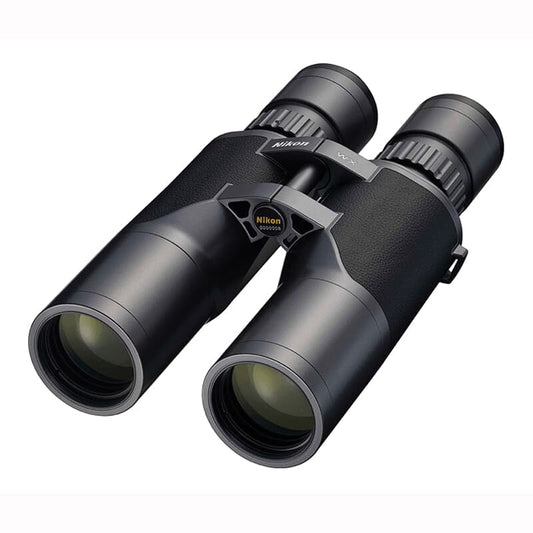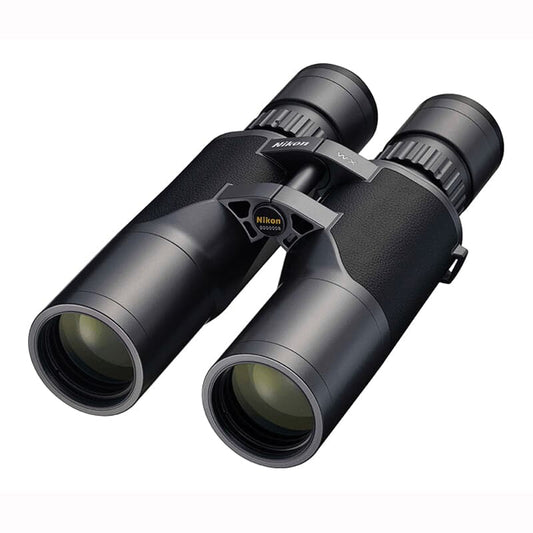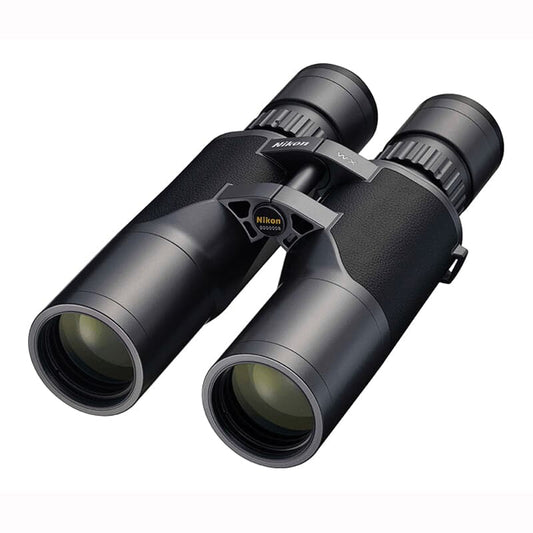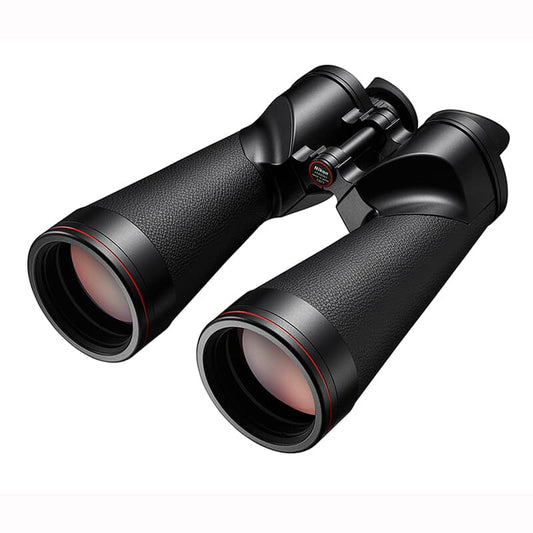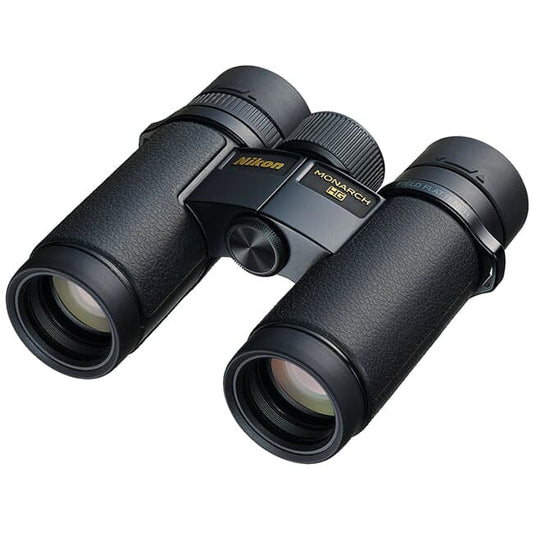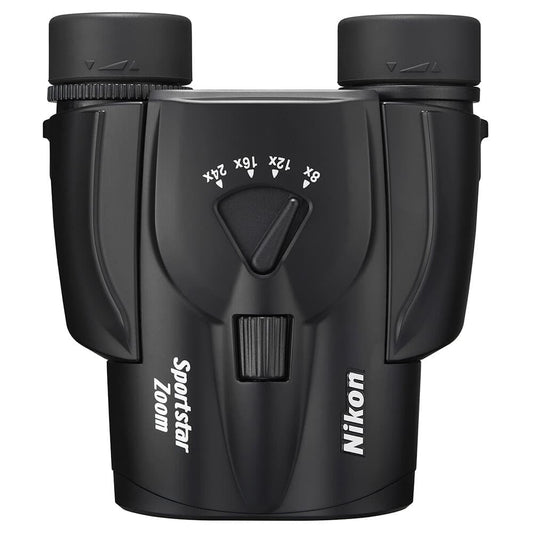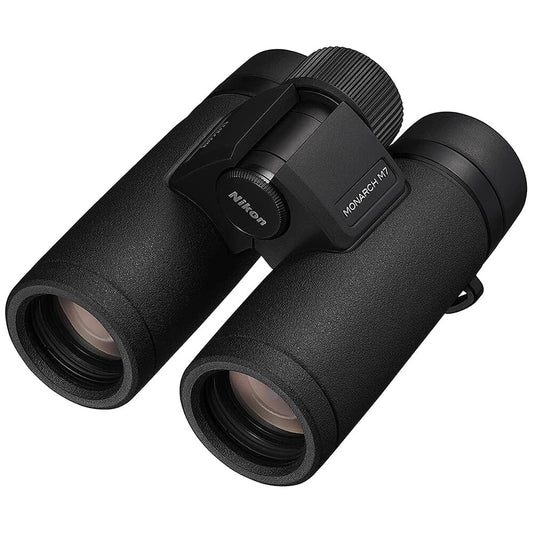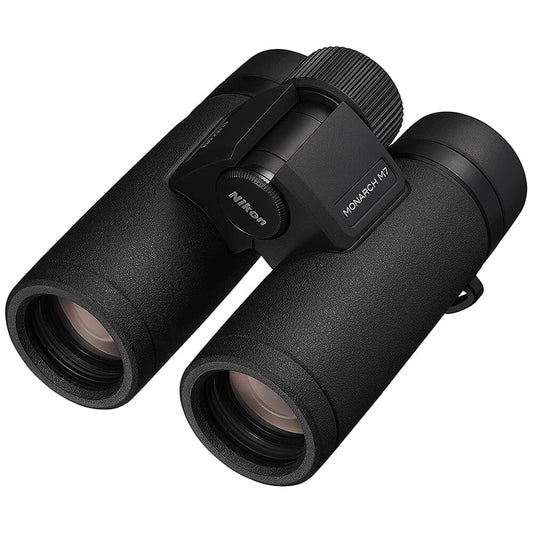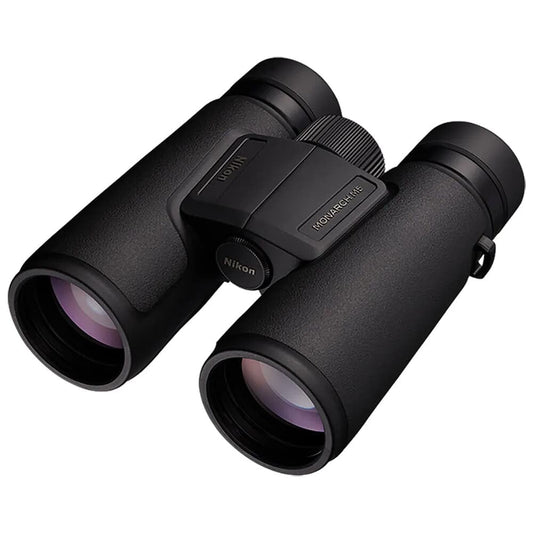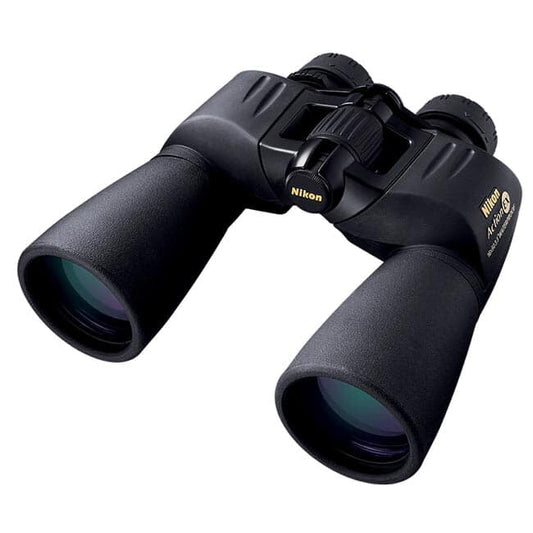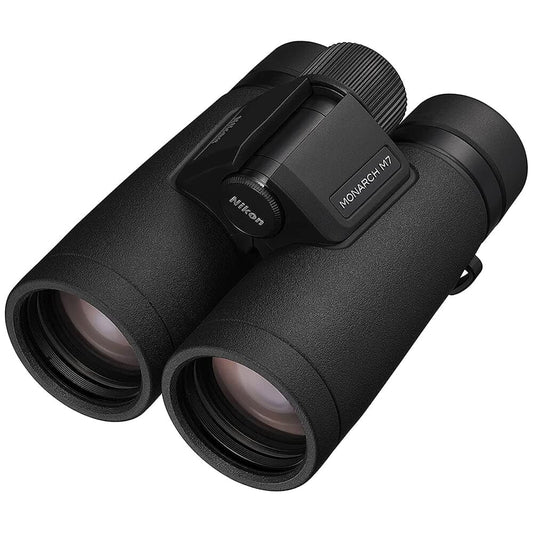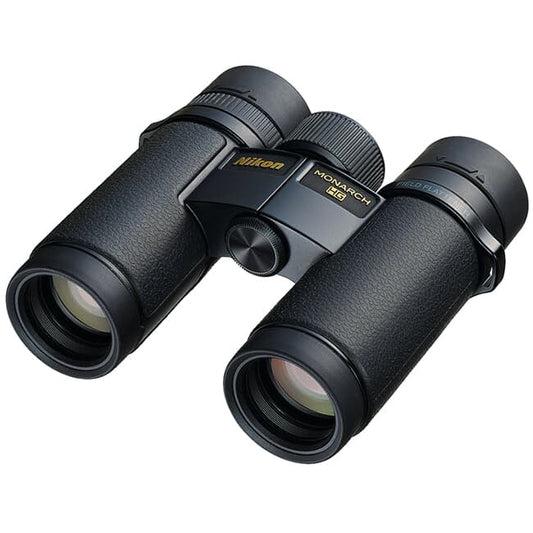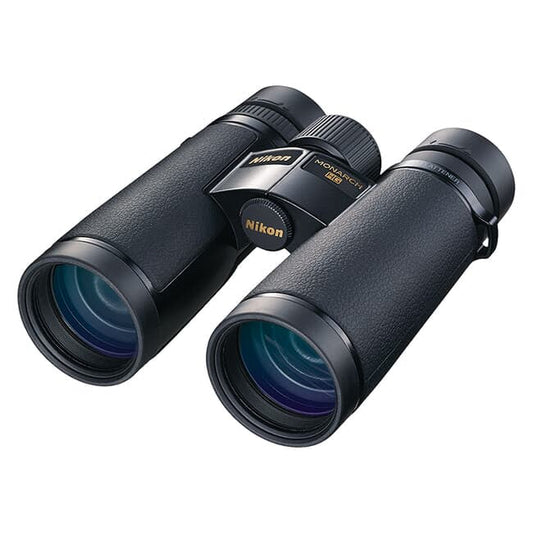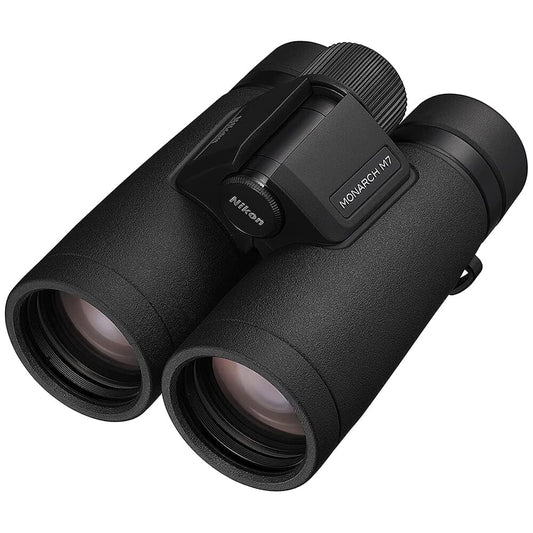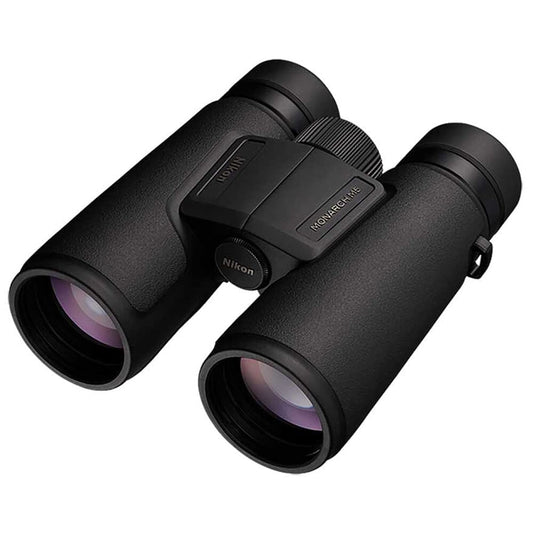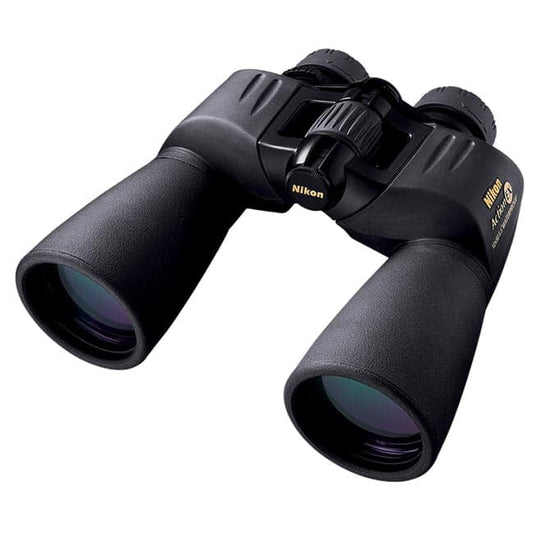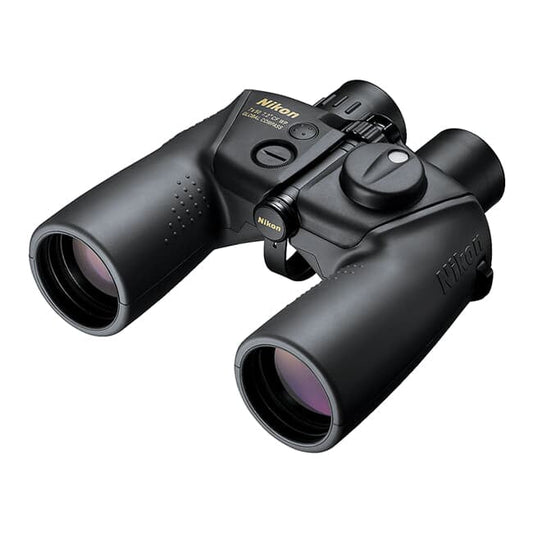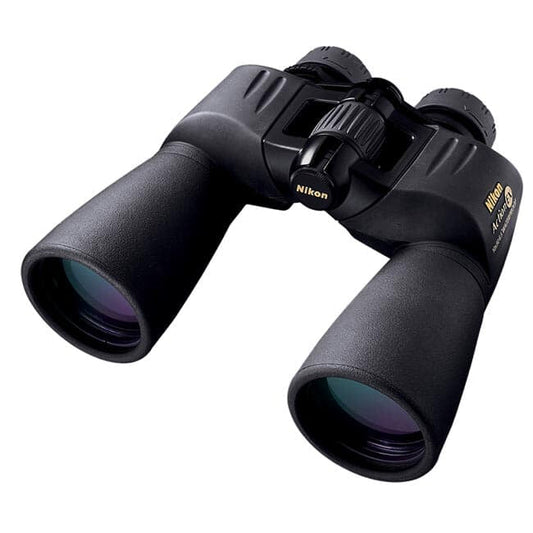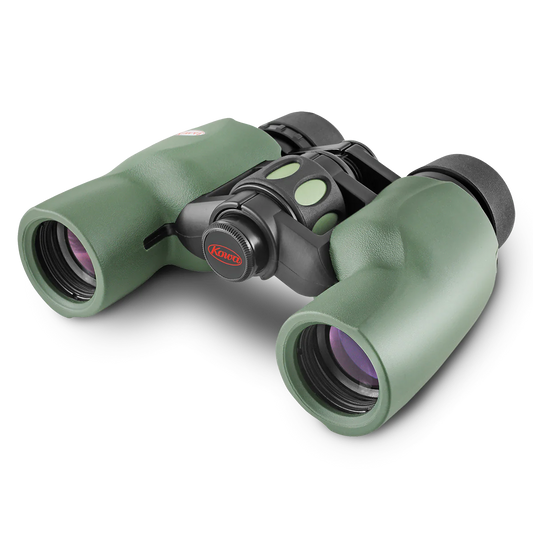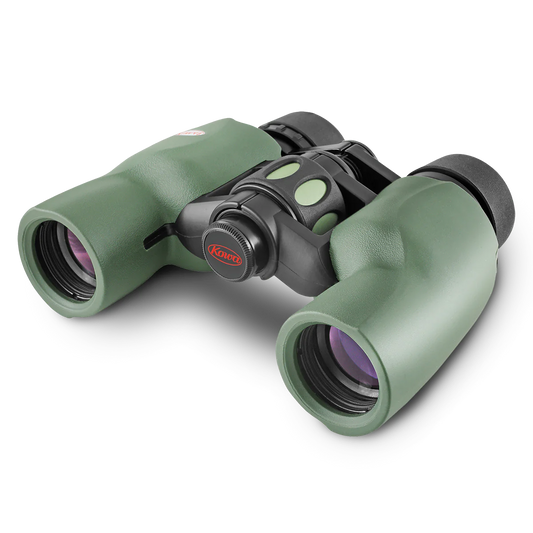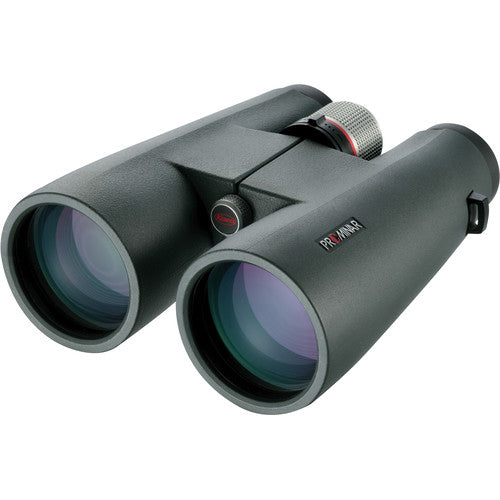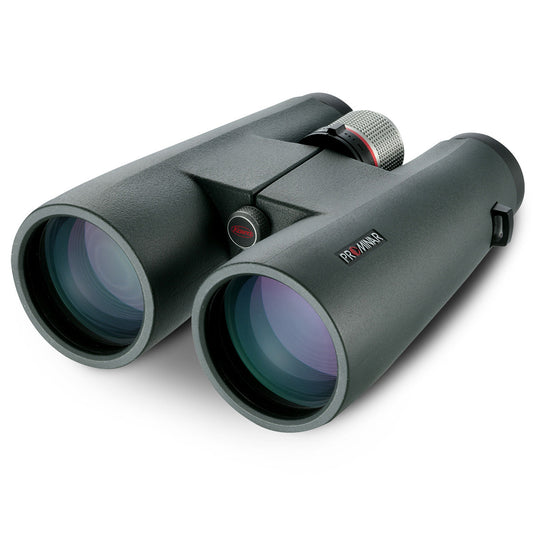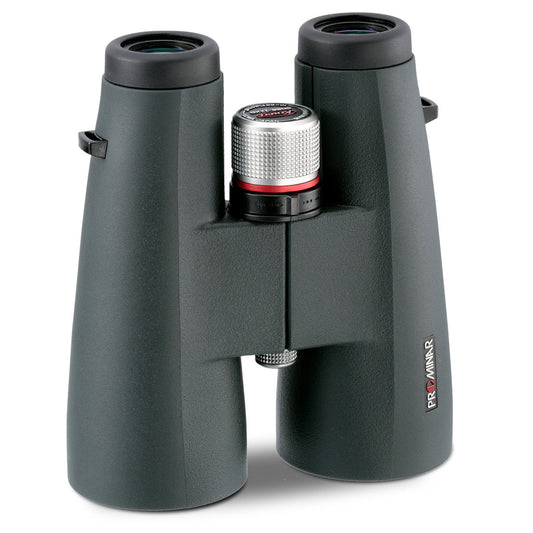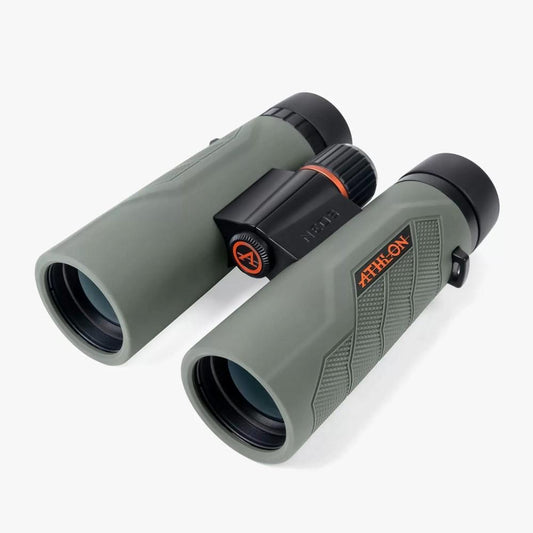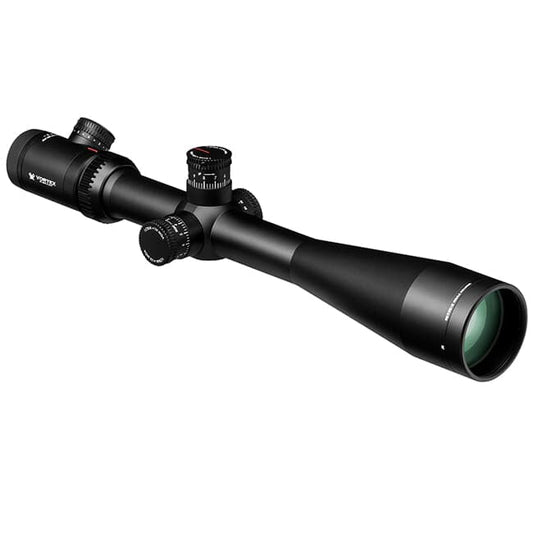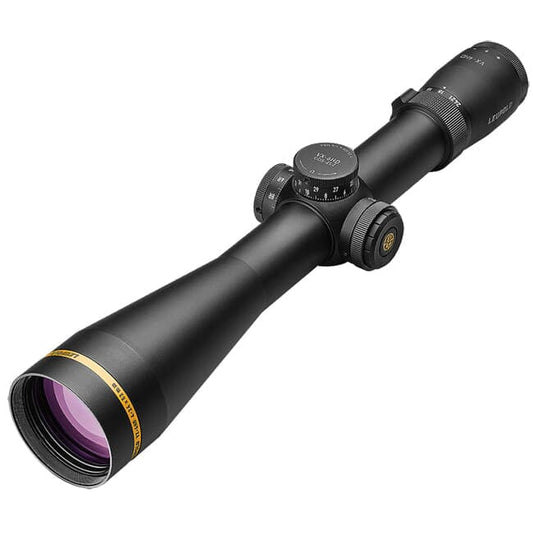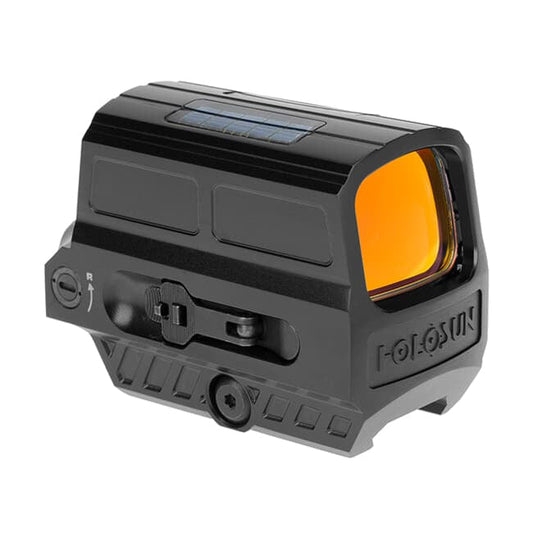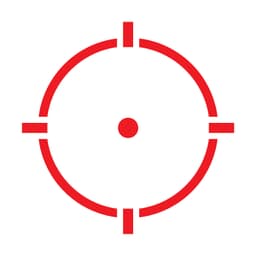Binoculars | Hunting, Tactical & Birding Binoculars
- Featured
- Best selling
- Alphabetically, A-Z
- Alphabetically, Z-A
- Price, low to high
- Price, high to low
- Date, old to new
- Date, new to old
- Featured
- Best selling
- Alphabetically, A-Z
- Alphabetically, Z-A
- Price, low to high
- Price, high to low
- Date, old to new
- Date, new to old
Explore our collection of binoculars designed for hunting, tactical operations, and birdwatching enthusiasts. Whether you’re tracking game in the wild or observing birds in your backyard, our binoculars provide the clarity and precision you need.
Each pair combines advanced optics with durable construction, ensuring reliable performance in various environments. Discover models that enhance your outdoor experience and help you see the world like never before.
Hunting Binoculars
Our hunting binoculars are built for the field. With features like high magnification and low-light performance, they help you spot game from a distance. Lightweight and compact, these binoculars are perfect for long treks.
Tactical and Birding Binoculars
For tactical applications, our binoculars offer rugged designs and superior optics to ensure visibility in challenging conditions. Birding enthusiasts will appreciate the wide field of view and color accuracy, making every sighting memorable.
Shop now to find the perfect pair of binoculars that meet your outdoor needs!
